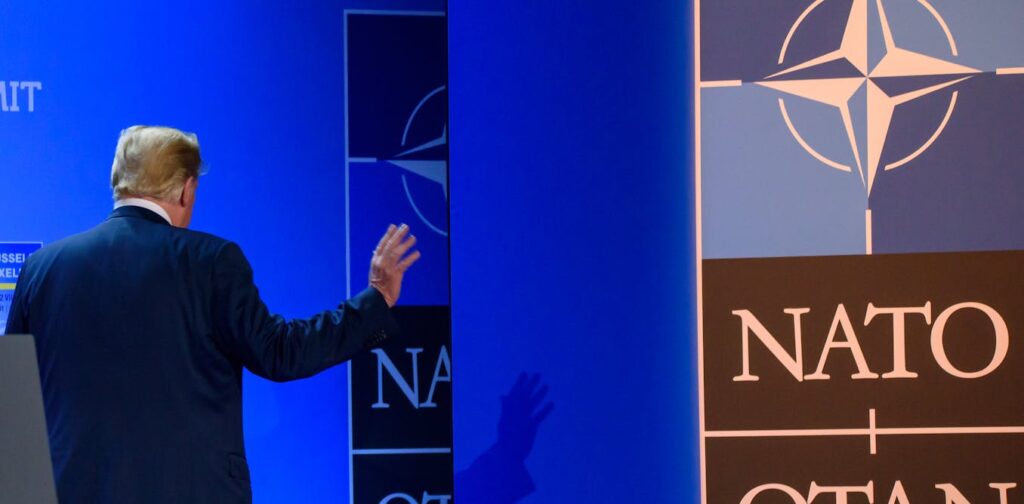
As NATO leaders gather for their annual summit in The Hague on Wednesday, June 25, the spotlight is firmly on Donald Trump. The 47th President of the United States is perceived as less committed to the alliance than any of his predecessors in NATO’s 76-year history. This comes on the heels of his involvement in the recent conflict between Israel and Iran, and his apparent abandonment of efforts to resolve the ongoing war in Ukraine.
With leaders from NATO’s 32 member states expected to attend, the summit’s agenda has been significantly streamlined. While several meetings and a dinner are scheduled for June 24, the summit itself has been condensed into a single session with one agenda item. This unusual format aims to accommodate President Trump, reducing the risk of his early departure, as witnessed at the G7 meeting in Kananaskis, Canada, on June 16.
Focus on Defense Spending
The sole agenda item for the summit is a new commitment by NATO members to increase defense spending to 5% of GDP by 2035. This move is intended to appease Trump, who has long criticized European members for their inadequate defense investments and over-reliance on the United States. A draft summit declaration confirming this target has been approved, with Spain securing an opt-out.
Despite Trump’s unpredictable nature, this agreement is expected to ensure NATO’s survival through the summit. However, questions remain about the alliance’s ability to address the unprecedented challenges it faces. For 31 of the member states, NATO’s continued effectiveness as a security provider is crucial, while the United States’ necessity for the alliance is less clear.
The Capability Gap
The disparity in military capabilities between the US and its NATO allies was starkly highlighted by Washington’s airstrikes against Iran. European members lack critical enablers such as intelligence capabilities, heavy-lift aircraft, and command and control structures, traditionally provided by US forces. Replacing these assets will require substantial time and resources.
For now, Russia’s engagement in Ukraine offers a temporary reprieve, allowing NATO members to mobilize resources for strengthening Europe’s defenses. However, the future of American commitment to Europe remains uncertain, and the timeline for potential reductions is unclear.
Preparing for New Conflicts
Determining the type of conflict Europe should prepare for is another challenge. Russia’s aggression against Ukraine exemplifies both traditional warfare and modern technological confrontation. Future conflicts with Russia are likely to begin as “grey-zone” conflicts, characterized by ambiguous acts of aggression that are difficult to attribute and respond to proportionately.
These conflicts have the potential to escalate into conventional warfare, as demonstrated by Russia’s full-scale invasion of Ukraine in February 2022. The possibility of nuclear escalation, as suggested by frequent Russian threats, cannot be dismissed.
Internal Divisions and External Threats
Within NATO, there is a consensus among key members that Russia poses an existential threat to Europe. This sentiment is reflected in strategic defense reviews by the UK and Germany. However, not all members share this view. Trump’s past pro-Putin stance, evident during their infamous Helsinki meeting, contrasts with the alliance’s broader perspective.
In Europe, leaders like Hungary’s Viktor Orbán and Slovakia’s Robert Fico have opposed additional EU sanctions against Russia. Despite their limited military influence, these countries wield significant institutional power, capable of obstructing European efforts to address the dual challenges of Russian aggression and potential American retrenchment.
The outcomes of the NATO summit in The Hague will likely be seen as a pivotal moment in the evolution of the international order and European security architecture. While an agreement on increased defense spending may extend NATO’s viability, the inability to unify on the primary threat facing the alliance could limit its longevity.
This article was amended on June 24, 2025, to reflect reports of a ceasefire between Israel and Iran.





